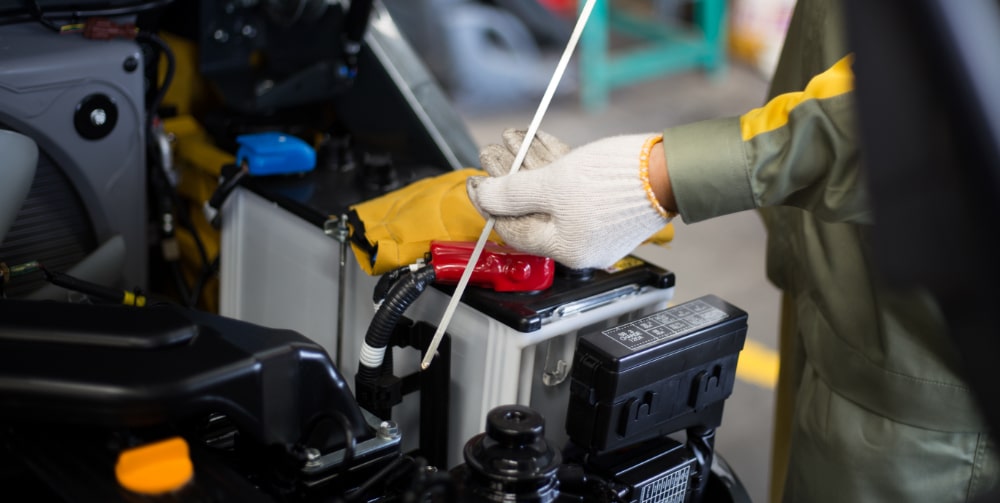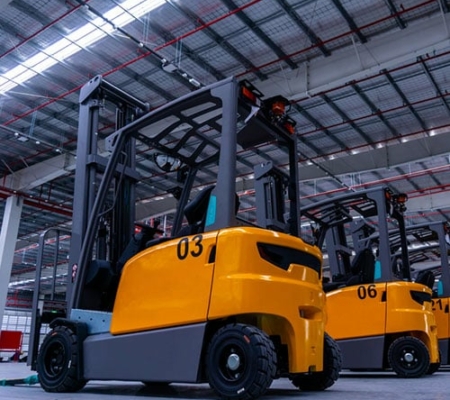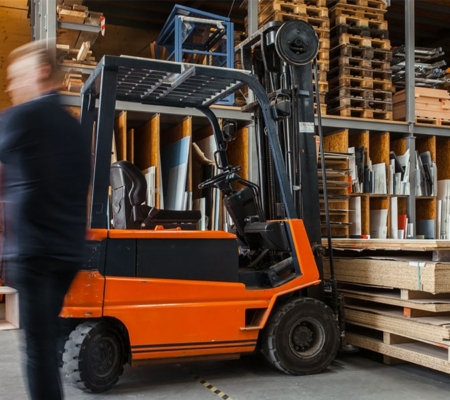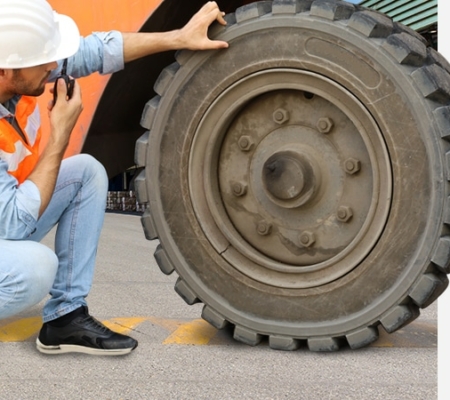5 Common PUWER Violations to Avoid

Using forklifts without knowing the potential dangers and necessary safety regulations can lead to clear violations of PUWER.
The Provision and Use of Work Equipment Regulations (PUWER) impose responsibilities on individuals and companies who own, operate, or control work equipment, including forklifts in order to ensure work equipment is safe to use and is being used safely.
Non-compliance with PUWER and related regulations can result in heavy penalties, including fines, criminal charges, and even imprisonment. HSE inspectors enforce PUWER by conducting inspections and issuing notices to halt operations if necessary.
Therefore, it’s critical to understand PUWER in order to avoid any violations of the regulation, as well as ensuring a safer working environment for employees.
Understanding PUWER
Do you know what it means to comply with PUWER and why it's crucial when it comes to using forklifts?
Responsibilities Under PUWER
Forklifts are classified as work equipment, therefore falling under PUWER – which mandates that forklifts should be suitable and safe for their intended use. This is the responsibility of the person or company which owns, operates or has control over the forklift.
It's essential to comply with PUWER to ensure the proper construction, maintenance, usage, training, and provision of safety measures for forklifts.
Violation #1: Not Conducting Regular Inspections
Neglecting to regularly inspect forklifts can have serious consequences, compromising both safety and productivity. PUWER inspections, which encompass pre-use checks, visual inspections, and thorough examinations, play a crucial role in ensuring the functionality and integrity of equipment – not adhering to these checks is a violation of PUWER.
Pre-use checks are essential to verify the proper functioning of safety devices before each use. Visual inspections help identify any external damage or deterioration that may affect equipment performance. Thorough examinations involve function checks and testing. These inspections should be performed regularly to ensure equipment is safe to use.
Violation #2: Lack of Proper Maintenance
By ensuring that you prioritise regular maintenance for your forklifts, you can prevent potential hazards and costly breakdowns while maintaining a safe and efficient work environment. Regular maintenance is crucial for forklift trucks as it helps identify problems before they become an issue – which could have costly implications, including risking the safety of those working with and nearby the forklift.
To increase proper maintenance, you should establish a maintenance schedule for work equipment, ensuring equipment has regular preventative maintenance.
Violation #3: Inadequate Training and Supervision
To ensure the safety of employees in the workplace, it's crucial that forklift operators receive proper training and supervision when operating equipment.
PUWER states that work equipment should only be used by individuals who've received adequate information, instruction, and training. Employers have a responsibility to provide this, including clear health and safety information, to employees.
Without proper training and supervision, the risk of accidents and injuries significantly increases. Therefore, it’s essential that operators receive the necessary training and guidance to ensure the safe operation of forklifts and other equipment.
Violation #4: Lack of Risk Assessments and Control Measures
Risk assessments and implementing control measures are essential when handling heavy or dangerous work equipment, such as forklifts. Not having these safety measures in place is a violation of PUWER and can put those in your work environment at risk.
To avoid this violation, you should:
- Identify potential hazards: Take the time to carefully assess the work environment and identify any potential risks associated with forklift use. This includes considering factors such as uneven surfaces, inadequate lighting, and congested areas.
- Implement safety controls: Once hazards have been identified, implement control measures to minimise the risk. This may involve installing protective barriers, establishing traffic management systems, and providing appropriate training and supervision for forklift operators.
- Regularly review and update risk assessments: Risk assessments should not be a one-time occurrence. Regularly review and update them to ensure they remain relevant and effective in addressing any new or changing hazards.
- Involve employees in the process: Encourage employees to actively participate in the risk assessment process. Their input and feedback can provide valuable insights and help create a safer work environment for everyone.
Violation #5: Improper Use of Forklifts
Maximise workplace safety and protect yourself and others by always using forklifts in a responsible and informed manner; improper use of forklifts is a violation of PUWER, which can lead to accidents and injuries.
To avoid these violations, ensure that work equipment is only used for suitable purposes. It is crucial to provide adequate and clear information to all individuals using, supervising, or managing the use of work equipment. This includes providing written instructions on how to properly use the forklifts; the manufacturer’s instructions can be consulted in order to provide these guidelines.
Additionally, it's important to ensure that everyone who uses, supervises, or manages the use of work equipment has received adequate training, including the correct use of the forklifts.
You can avoid violations of PUWER with regular inspections, proper maintenance, adequate training and supervision, and risk assessments with control measures to ensure the safe use of forklifts.
By avoiding these violations and following the necessary guidelines, you can prevent accidents, injuries, equipment downtime and potential legal consequences.


